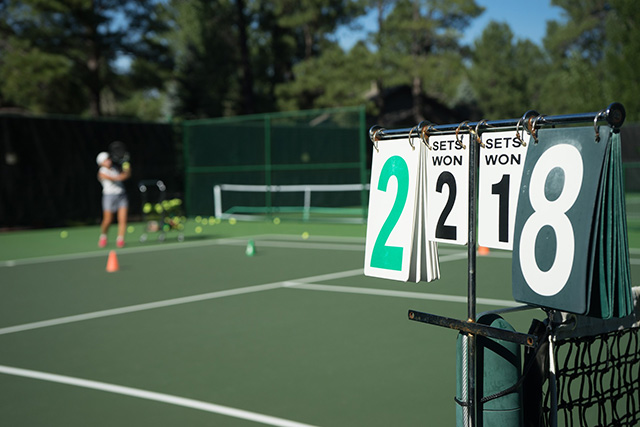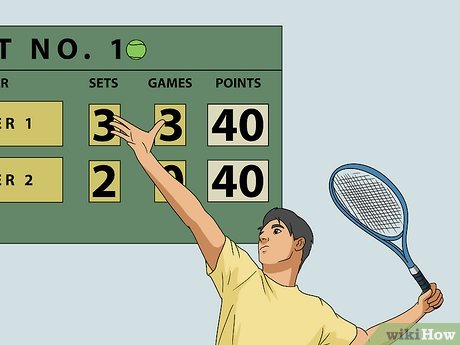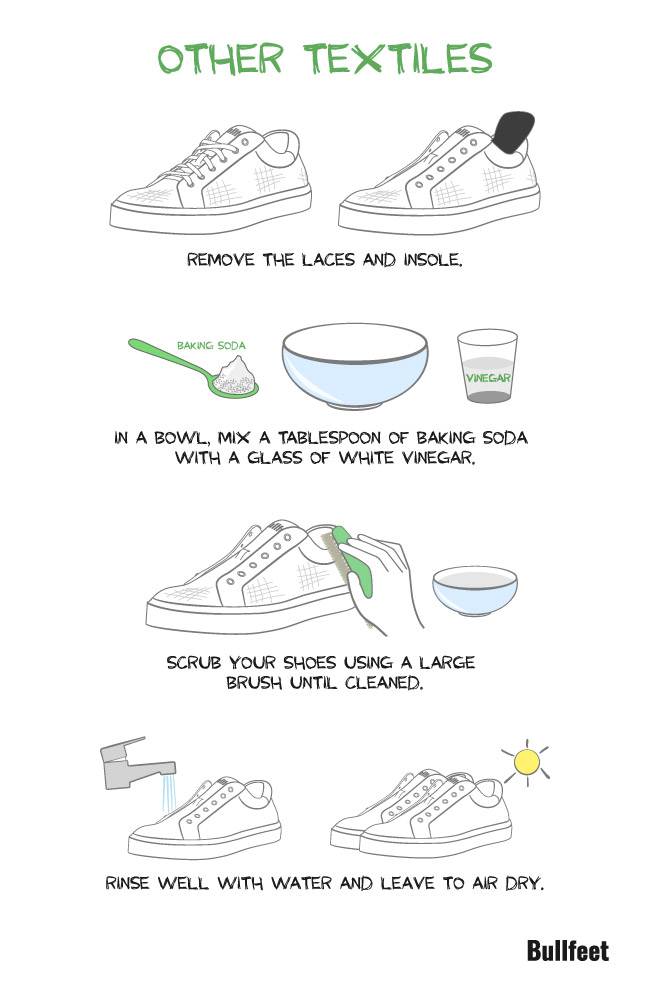Scoring in lawn tennis can seem tricky at first. But it’s simple once you understand it.
Lawn tennis has a unique scoring system that may confuse beginners. Points are scored in a sequence of 15, 30, 40, and game. Understanding this can help you follow and enjoy the game more. Whether you’re a new player or just a fan, knowing how points are counted is crucial.
This guide will break down the basics of tennis scoring. You’ll learn what terms like “deuce” and “advantage” mean. Soon, you’ll be able to keep score like a pro. Ready to dive in? Let’s explore the ins and outs of scoring in lawn tennis.
Introduction To Lawn Tennis Scoring
Lawn tennis is a thrilling sport enjoyed worldwide. To enjoy it fully, understanding the scoring system is crucial. The scoring in tennis can seem complex at first, but with some practice, it becomes second nature. Here, we will break down the basics of how to score in lawn tennis.
Basics Of The Game
In tennis, the game starts with a serve. Players take turns to serve the ball. The receiver tries to return the ball within the marked boundaries.
Points are scored as follows:
- 0 points: “Love”
- 1 point: “15”
- 2 points: “30”
- 3 points: “40”
- 4 points: “Game” (win the game if ahead by two points)
If the score reaches 40-40, it is called “Deuce”. Players need to win by two points from deuce. The next point after deuce is “Advantage”. If the player with the advantage wins the next point, they win the game.
Importance Of Scoring
Scoring is the heartbeat of tennis. It determines the flow and outcome of the match. Proper understanding of the score helps players strategize better.
Scoring also impacts player morale. Winning points boosts confidence, while losing points can be a learning opportunity. Knowing the score keeps the audience engaged. It adds excitement and tension to the game.
Here’s a quick look at a tennis match structure:
| Level | Definition |
|---|---|
| Point | Smallest unit of scoring |
| Game | First to win four points |
| Set | First to win six games |
| Match | Best of three or five sets |
Understanding this structure helps keep track of progress. It also aids in maintaining focus and determination.
Step 1: Mastering The Serve
Mastering the serve is the first step to scoring in lawn tennis. A strong serve puts your opponent on the defensive. It sets the pace for the point. Let’s explore how you can master this crucial skill.
Types Of Serves
Different serves can keep your opponent guessing. The flat serve is powerful and fast. A slice serve curves to the side, making it tricky to return. The kick serve bounces high, forcing your opponent to adjust. A good player uses all these serves.
Techniques For Effective Serving
Start with your stance. Stand sideways with your feet shoulder-width apart. Hold the racket with a relaxed grip. Toss the ball high and in front of you. This helps with accuracy and power.
As you swing, keep your eyes on the ball. Hit it at the highest point of your toss. Follow through with your swing. This ensures the ball goes over the net with force. Practice these steps regularly. Consistency is key to a strong serve.
Step 2: Perfecting Your Return
Mastering the return in lawn tennis is crucial. A strong return puts pressure on your opponent. It can turn the tide of the game in your favor. Focus on reading the serve and positioning yourself correctly.
Reading The Opponent’s Serve
Understanding the opponent’s serve is essential. Look at their stance and grip. These can give clues about the type of serve. Pay attention to the ball toss. The height and direction of the toss can reveal their intention.
- Stance: Notice if their feet are wide apart or close together.
- Grip: Check if they hold the racket with a forehand or backhand grip.
- Ball Toss: Observe if the toss is high or low, forward or backward.
Positioning For A Strong Return
Positioning yourself well is key. Stand slightly behind the baseline. This gives you time to react. Bend your knees to stay agile. Hold your racket in a ready position, with both hands if possible.
| Position | Benefit |
|---|---|
| Behind the Baseline | More time to react |
| Knees Bent | Better agility |
| Racket Ready | Quick response |
With these tips, you can improve your return. Practice reading serves and positioning yourself well. This will make you a formidable opponent.

Credit: www.topendsports.com
Step 3: Winning Rallies
Winning rallies in lawn tennis demands skill, strategy, and patience. It’s not just about hitting the ball hard. You need to outsmart your opponent with clever shot selection and consistent play.
Shot Selection
Choosing the right shot is crucial in winning rallies. Here are some key tips:
- Forehand: Use your forehand for powerful and precise shots.
- Backhand: A reliable backhand can catch your opponent off guard.
- Volley: Approach the net and volley to shorten rallies and pressure your opponent.
- Drop Shot: A well-executed drop shot can surprise and tire your opponent.
Mixing up your shots keeps your opponent guessing and creates openings for winning points.
Maintaining Consistency
Consistency is key in winning rallies. Here are some strategies to help maintain consistency:
- Focus on Footwork: Good footwork ensures you reach the ball in time.
- Hit with Control: Prioritize control over power to reduce errors.
- Stay Patient: Wait for the right opportunity to hit a winning shot.
- Practice Regularly: Consistent practice improves your accuracy and reliability.
Keep your shots in play and force your opponent to make mistakes.
Winning rallies is a blend of smart shot selection and maintaining consistency. With practice and determination, you can master these skills and become a formidable player on the court.
Step 4: Scoring Strategy
Scoring in lawn tennis requires more than just hitting the ball. It’s a strategic game. Step 4: Scoring Strategy helps improve your chances of winning. This section covers how to play to your strengths and exploit your opponent’s weaknesses.
Playing To Your Strengths
Identify your best shots. Focus on them during your game. Do you have a strong serve? Use it to gain an advantage. Is your forehand powerful? Make it your go-to shot. Confidence in your strengths intimidates opponents. Practice these shots regularly. Consistency is key. It builds reliability.
Exploiting Opponent’s Weaknesses
Observe your opponent. Look for weaknesses. Do they struggle with backhand shots? Target that side. Are they slow to react to drop shots? Use them strategically. Mix up your shots to confuse them. Change the pace and direction of the ball. This creates uncertainty. Stay vigilant. Adapt your strategy as the game progresses. Adjusting to your opponent’s weaknesses increases your scoring opportunities.
Step 5: Mental Toughness
Scoring in lawn tennis is not just about physical strength. Mental toughness is equally important. This step focuses on developing the right mindset. It helps you stay calm and composed during matches.
Staying Focused
Focus is key in lawn tennis. Keep your eyes on the ball. Watch your opponent’s movements. Maintain your concentration throughout the game. Avoid letting distractions affect your performance. Every point counts. Stay in the moment. Think about your strategy. Visualize your next move. It helps you stay on track and in control.
Handling Pressure
Pressure moments are common in tennis. They can make or break your game. Learn to handle them well. Take deep breaths. Stay relaxed. Keep your mind clear. Trust your training. Believe in your skills. Focus on one point at a time. Don’t think ahead. Don’t dwell on past mistakes. Stay positive. Keep your emotions in check. It helps you perform better under pressure.
Common Scoring Mistakes
Understanding common scoring mistakes in lawn tennis can improve your game. These errors often result in lost points and frustration. By recognizing and addressing these mistakes, players can enhance their performance and enjoy the game more.
Avoiding Double Faults
A double fault occurs when a player fails to serve correctly twice in a row. This gives the opponent a point. To avoid double faults, focus on consistency over power. Practice your serve regularly. Ensure your toss is accurate. A steady and controlled serve reduces the risk of faults.
Minimizing Unforced Errors
Unforced errors happen when a player makes a mistake during a rally. These errors are not caused by the opponent’s skill. They often result from poor shot selection or lack of focus. To minimize unforced errors, maintain concentration during the match. Choose simple, effective shots. Develop a solid game plan and stick to it. Practicing footwork and positioning can also help reduce these errors.

Credit: www.wikihow.com
Practice Drills For Scoring
Practice Drills for Scoring are essential for improving your lawn tennis game. By focusing on specific drills, you can enhance your skills and increase your chances of scoring points. Below are some effective drills to help you improve your serving and rallying abilities.
Serving Drills
Serving is a critical part of tennis. It sets the tone for each point. To improve your serve, try these drills:
- Target Practice: Place targets in different service box areas. Aim to hit them consistently.
- Consistency Drill: Serve 20 balls without missing the service box.
- Spin Serve Practice: Focus on adding spin to your serves. Alternate between topspin and slice serves.
Practicing these drills will help you develop a more reliable and effective serve.
Rally Drills
Rallying helps improve your in-game performance. Use these drills to enhance your rally skills:
- Baseline Rally: Engage in long rallies from the baseline. Aim for consistency.
- Cross-Court Rally: Practice hitting cross-court shots. Focus on accuracy and placement.
- Volley Rally: Rally at the net with a partner. Improve your reflexes and net play.
These drills will help you maintain control during rallies and score more points.

Credit: www.usta.com
Frequently Asked Questions
What Are The Basic Rules Of Scoring In Tennis?
In tennis, you score points as 15, 30, 40, and game. A game must be won by two clear points.
How Do You Win A Set In Tennis?
You win a set by being the first to win six games. You must lead by at least two games.
What Does “deuce” Mean In Tennis Scoring?
“Deuce” means both players have 40 points. A player must win two consecutive points to win the game.
How Is A Tiebreaker Scored In Tennis?
A tiebreaker is scored by points. The first player to reach seven points, leading by at least two, wins.
Conclusion
Scoring in lawn tennis is simple with practice. Remember the basic rules. Keep track of the points. Focus on your serve. Practice your volleys. Stay sharp and agile. Enjoy the game and have fun. Tennis can be a great way to stay fit.
With patience and practice, you will improve. Happy playing!



